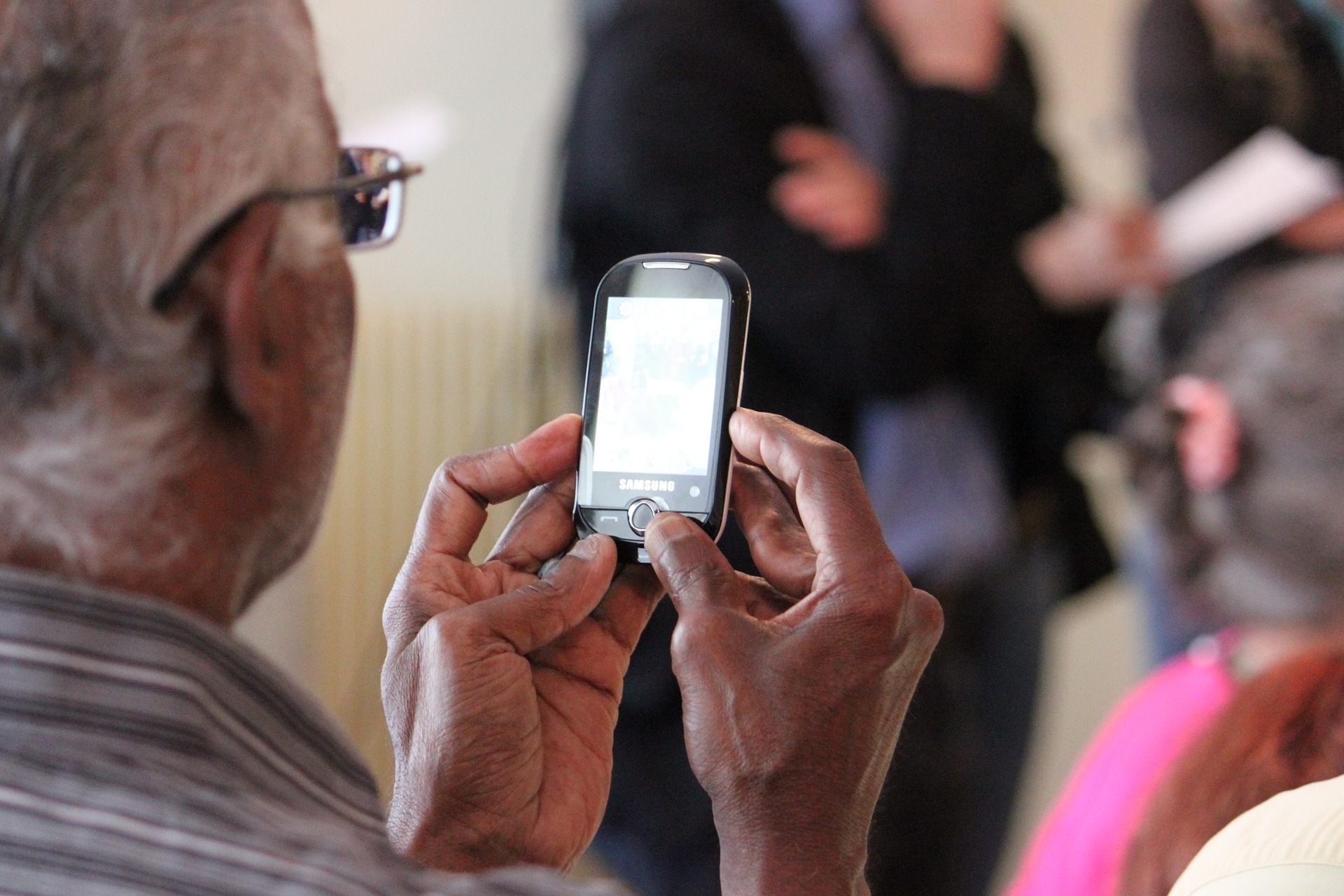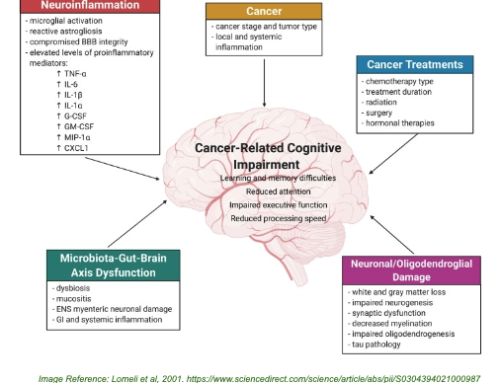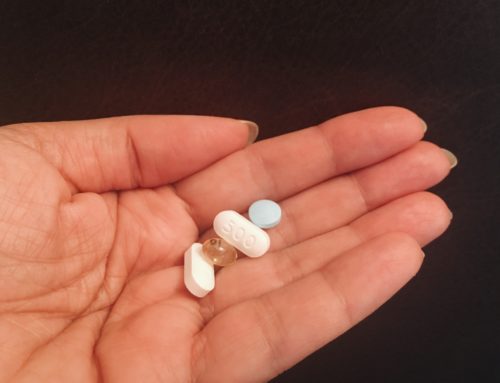Technology is transforming how our health and wellness sector delivers healthcare. Wearable devices coupled with remote monitoring technology are now capable of aggregating a huge volume of patient data to enable the day-to-day tracking of patients’ health status remotely.
Digital health systems based on a combination of patient portals and 24/7 mobile health apps are enabling physicians and patients themselves to communicate securely via live-streamed video and messaging platforms.
What Are Wearables, Self-Tracking and Remote Monitoring?
Wearables refer to wearable health devices. The miniaturisation of electronic devices allows patients to carry these devices on their person in many forms including watches, bands, necklaces, rings and even implants!
Self-tracking has emerged from the combination of the widespread availability of WiFi and geolocation applications fused in a wearable form to enable a continuous stream of health-related data to be sent to a central database.
Remote monitoring is the third leg of the emerging medical triad. It allows healthcare professionals to continuously monitor patient vital signs and other leading health and wellness indicators remotely.
A picture of a sore throat or infected inner ear captured on a smartphone can assist a physician to diagnose an infection. Similarly, smart wearables and Internet-enabled healthcare devices can monitor medication usage for asthma patients and diabetics.
How Are Wearables, Self-Tracking and Remote Monitoring Devices Being Used?
The revolution in medical technology is enabling more reliable wearables, contributing to an emerging global change in our health approach to healthcare monitoring.
This next-generation of wearable devices can be:
- Worn as watches or pendants or integrated into clothing
- Act as motion or biomechanical sensors placed on specific parts of the body to stream data back to a Body Area Network system
- Implants such as pacemakers or compact devices capable of monitoring critical wellness indicators within the body reducing the requirement for frequent direct patient interaction.
What Are the Key Benefits of Wearables, Self-Tracking and Remote Monitoring Devices?
Health and wellness wearables are making advances in monitoring diabetes, weight management and blood pressure. Other wearables are simplifying the way patients for accurately track and measure a broad range of health vitals. Here are five key benefits of wearables, self-tracking and remote monitoring devices.
1. Early Diagnosis
Wearables enable prodigious volumes of data tracking patients’ health statistics to be collected enabling health patterns to be identified in combination with advanced machine learning and AI. These will systematically spot potential health problems before they become critical, delivering more effective and lower cost preventive interventions.
Whether it is the ECG monitors that wrap around your chest, wrist wearables to monitor blood pressure, exercise levels, heart rate, blood sugar levels how well you are sleeping or middle ear devices monitoring your heart rate, wearables are promising to revolutionise early diagnosis and preventative wellness.
2. Remote Patient Monitoring
Monitoring and recording a patient’s vital signs all day, every day is enabling physicians to improve the healthcare delivered to at-risk patients in rural and remote areas. Remote patient monitoring nurtures improved patient behaviour by fostering a system where patients are more engaged with, and accountable for, their personal health.
3. Medication Compliance
Some patients can forget to take or fail to complete their medication. Alerts on patient wearables can prompt them to take their medications, track their medication habits and signal doctors of any lapses taking prescribed medication. This enables physicians to monitor how compliant their patients are in adhering to their scheduled medication.
4. Greater Information
Often, the information on tap to doctors is quite limited. They frequently rely on patient self-reporting of the onset of their illness and their symptoms, together with their treatment history.
Wearable devices collect patient data in real-time 24/7. Subsequently, a physician has access to the patient’s condition over time enabling more accurate and complete diagnosis.
5. Tangible Cost Savings
Wearables offer the potential to save our healthcare system millions of dollars over time. These devices enable healthcare professionals to monitor their patients’ conditions remotely, doing away with the need for frequent medical interventions. Identifying symptoms early enables physicians to adopt less expensive and intrusive treatments.
Time to device up!
A new generation of digitally enabled healthcare practitioners will be able to tap into a wealth of data before seeing their next patient. Moreover, each patient will enjoy access to the same information via their private wellness apps and devices. Clinical visits, particularly those with patients with chronic conditions will be more efficient and accurate without jeopardising the patient and healthcare relationship.




